Garmin Edge 1040 Solar first ride: 'Incredible tech... but do you really need to pay that much?'
Garmin's new flagship computer might be the most advanced, perhaps even the best, head unit out there - and the hefty price tag reflects that
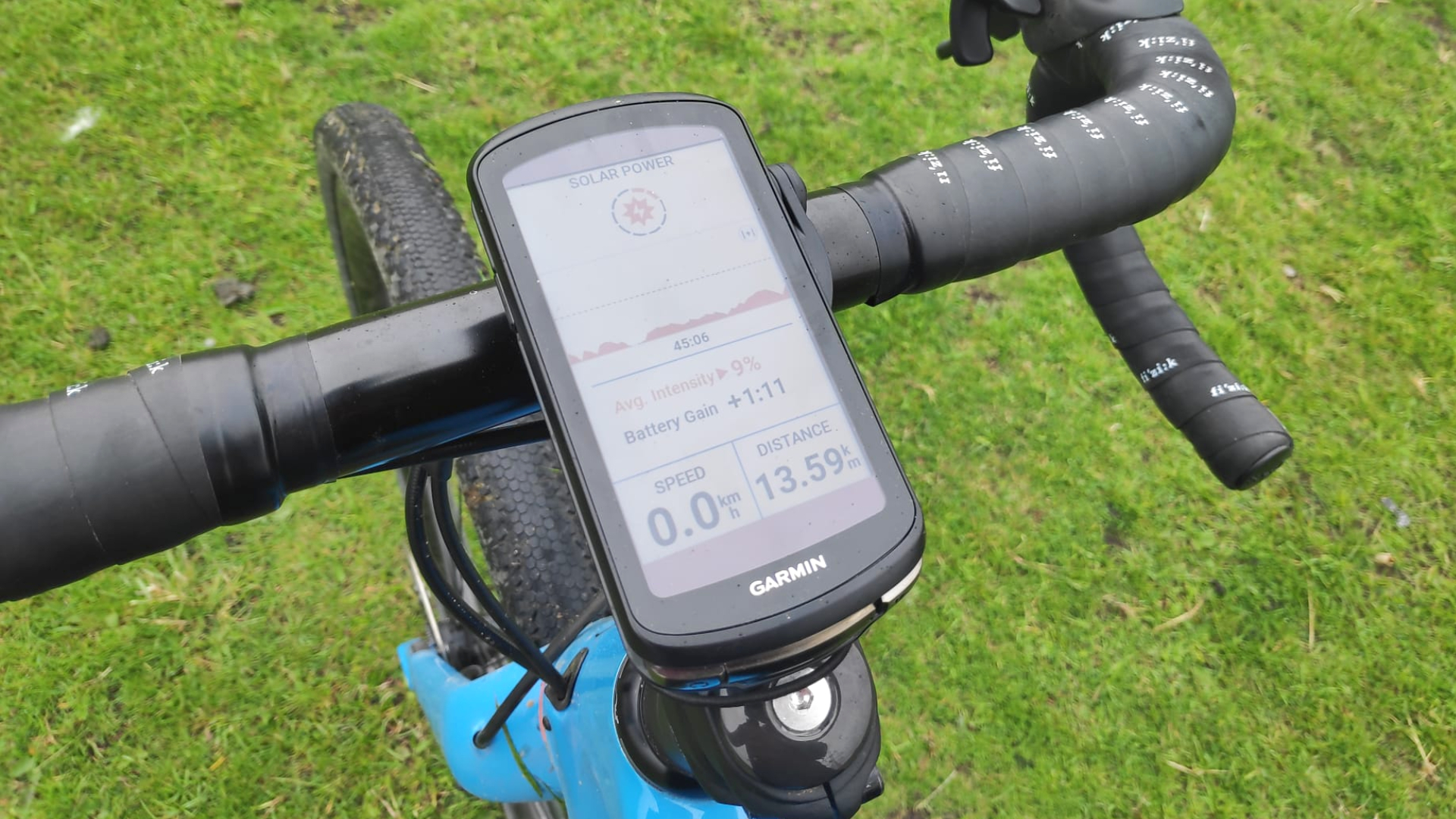
Garmin’s Edge 1040 Solar offers an impressive range of features. There’s also the solar charging and the general improvements to the user experience, making the device much more intuitive to use. It’s got a very strong claim to being the most advanced head unit out there – and you can see that reflected in the price tag. If you have the money, by all means go for it, but if you’ve got a tight cycling budget to balance, you would likely be better off investing that money elsewhere. Stay tuned for our long-term review and star rating.
-
+
Solar recharging
-
+
More intuitive user experience
-
+
Smart pacing features
-
+
Great GPS accuracy
-
-
Very expensive
-
-
Requires a power meter to get the most out of it
You can trust Cycling Weekly.

Marking a distinct leap forward in the brand’s cycling computer line-up, the Garmin Edge 1040 Solar has landed. The user interface has been massively refreshed and a host of new features have been introduced, from the ‘Power Guide’ pacing function to the ‘Real-time Stamina Insights’. GPS accuracy has also been greatly improved and, of course, there’s that headline solar recharging functionality.
Garmin launching solar powered Edge 1040 is hugely important for the Brand. Prior to this, I would have argued that the Hammerhead Karoo 2 was the best cycling head unit on the market, with its brilliant touchscreen, great functionality and highly intuitive user experience. To top it all, it was also cheaper than the Garmin Edge 1030 Plus – a welcome cherry on top, but even with price aside, I’d still recommend the Karoo 2 ahead of it (in most cases).
Now though, I’d have to say that Garmin has clinched the title of best bike computer. If money were no object, this is the unit I would choose. It just offers so much in terms of both the software and the hardware.
But then it does cost an awful lot. £629.99/$749.99 for the Solar version. Depending on the weight you place on price in your decision matrix, the Karoo 2 could still be the best unit for you – likewise the Garmin Edge 530 or 130 Plus, for progressively lower price points.
With the context now fully aired, let’s get into what the Edge 1040 Solar is like to use.
User interface
A common complaint of Garmin head units is that they can be a bit hard to navigate, introducing a certain amount of friction into your experience. With the Edge 1040 Solar (and the plain Edge 1040) Garmin has given a complete revamp – although sadly it’s not a software update that will be rolled out to previous generations.
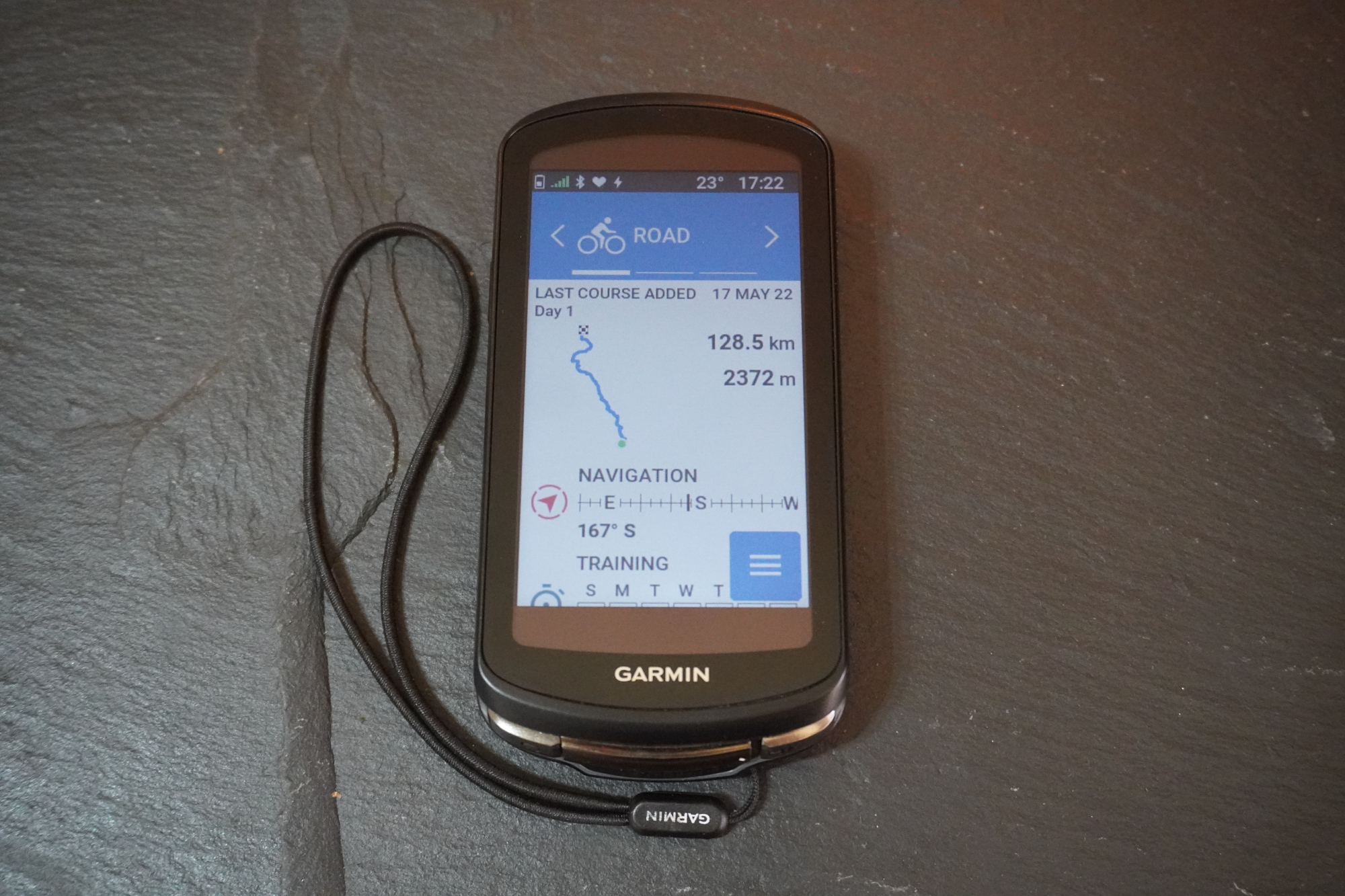
Starting from when you turn on the device, it lands you on a home page showing a range of customisable data fields. As a default, the top one shows your most recently added route followed by a compass showing which direction North is. I wouldn’t necessarily keep this as second to top, but there it is nonetheless.
Scrolling down further, you can see your upcoming training schedule, your activity history, notifications from your phone and the weather forecast for the next couple of hours. Going into the settings, you can add other ‘Glances’, including ones that show your training load, suggested recovery time and sunrise/sunset data.
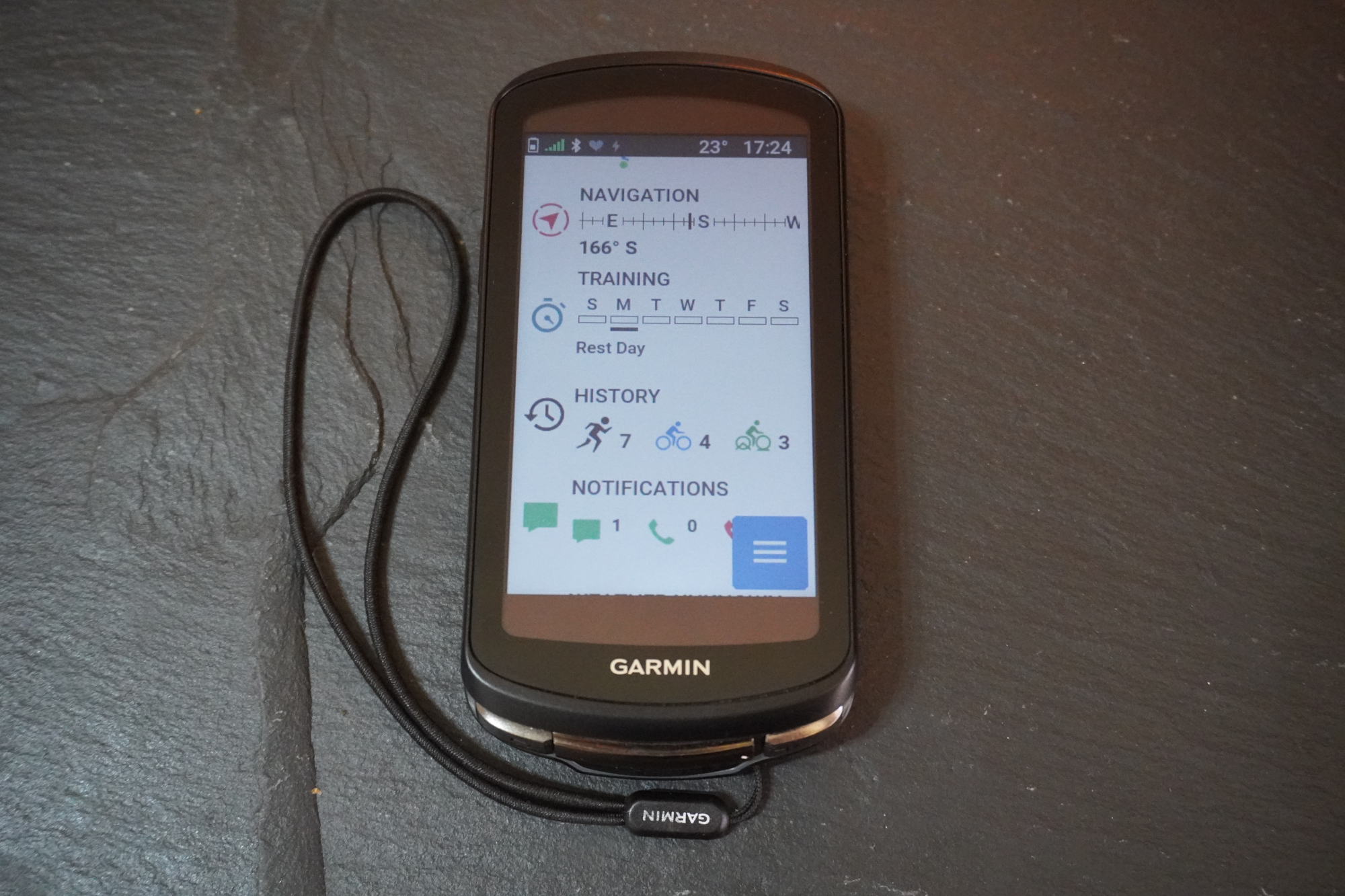
It’s a fair question whether all this information is important or necessary, especially as you likely have a phone nearby which will be able to tell you all of the same things. But in the short time I’ve had the head unit, I’ve quite enjoyed having all that data so readily available – my phone can stay tucked in its pouch and I don’t need to fill my hands with another device. It’s not a game changer, but it’s been a pleasant added extra.
Then there’s a little ‘hamburger’ menu on the bottom right which brings you to a range of important settings, all neatly present on a single page – easy to find and locate.
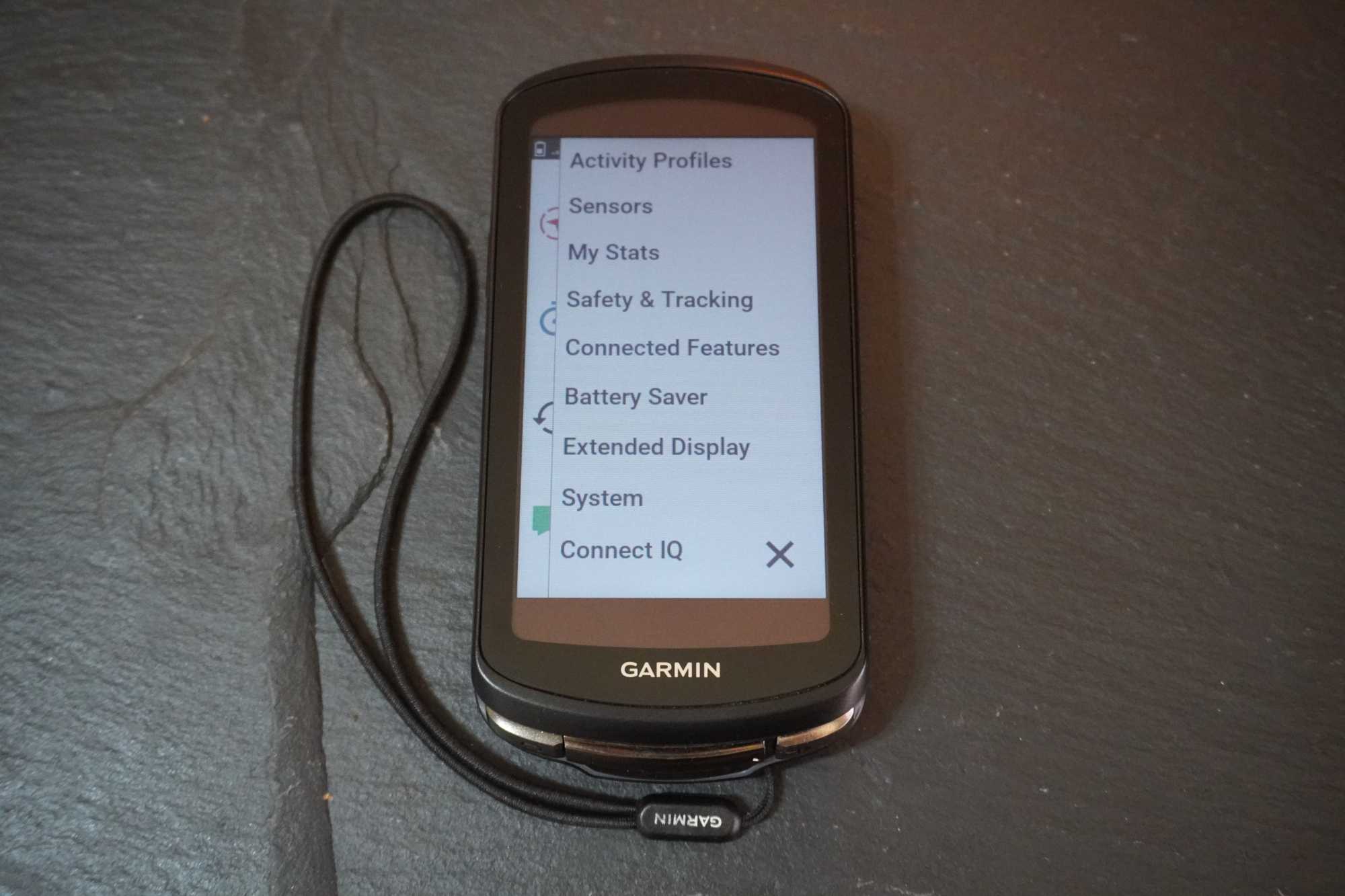
I have to admit, although I’ve been very impressed with the interface and its improved intuitiveness (I’ve checked, at least some dictionaries count that as a word), I was initially a little confused about how to actually find my routes – save for my most recently synced one which appears on the ‘home page’.
But it didn’t take such an embarrassingly long time (I tell myself) to realise that there’s more if you swipe down from the top.
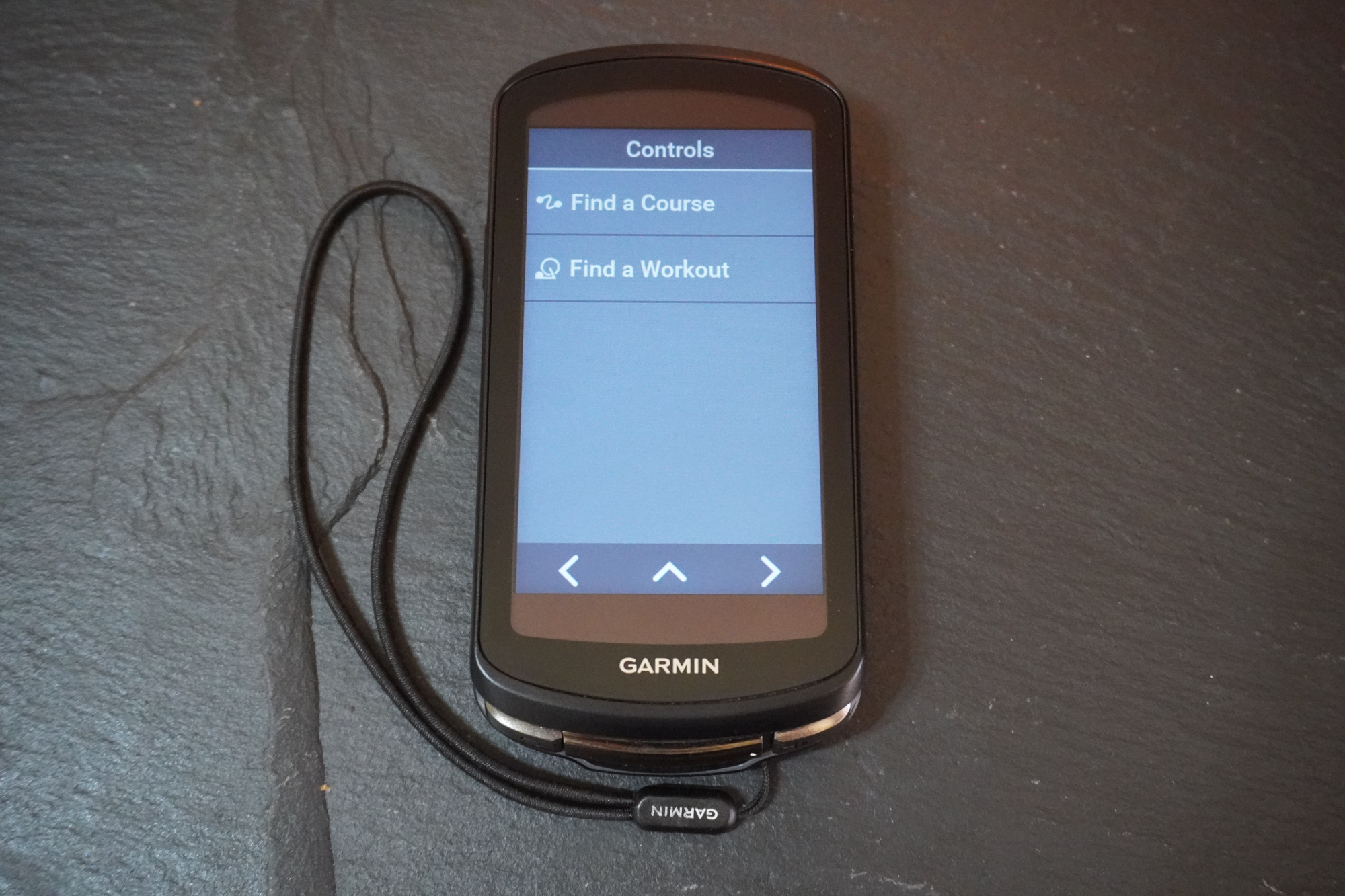
Here you get five pages, each containing different settings. What’s really great is how easy it is to maximise your battery life on the first page. You can go straight in and adjust the brightness, click the battery icon to put it in saver mode and click the GPS to change it from the top accuracy right down to the most basic and simple GPS – very nice how simple this all is.

In ‘Profile’ you can get to a range of important settings, some of which you can also get through to in the main settings. In fact, there are at least three ways you can get into the different ‘ride type’ profiles and edit those settings. This probably adds quite a bit to that feeling of intuitiveness – you aren’t rummaging around for that one particular way of flicking the switches each time, you can just go with what feels most natural.
Sticking with that pull-down window, you can swipe across to find a course or workout, swipe again to see your notifications in more detail, again to see the weather and again to see local segments - which I didn’t find particularly useful presented just as a list, but there you go.
Solar charging
In my mind, this is undoubtedly the most interesting aspect of the device. Equally, I think it’s also important to have the right level of expectation moderation.
Speaking with Garmin, I was told that, assuming a pro wasn’t using the head unit super intensively – for instance, not loading a route of a Grand Tour stage onto the device – he (unfortunately still only a he) would be able to last the whole three weeks of, say, the Tour de France without having to charge using a cable.
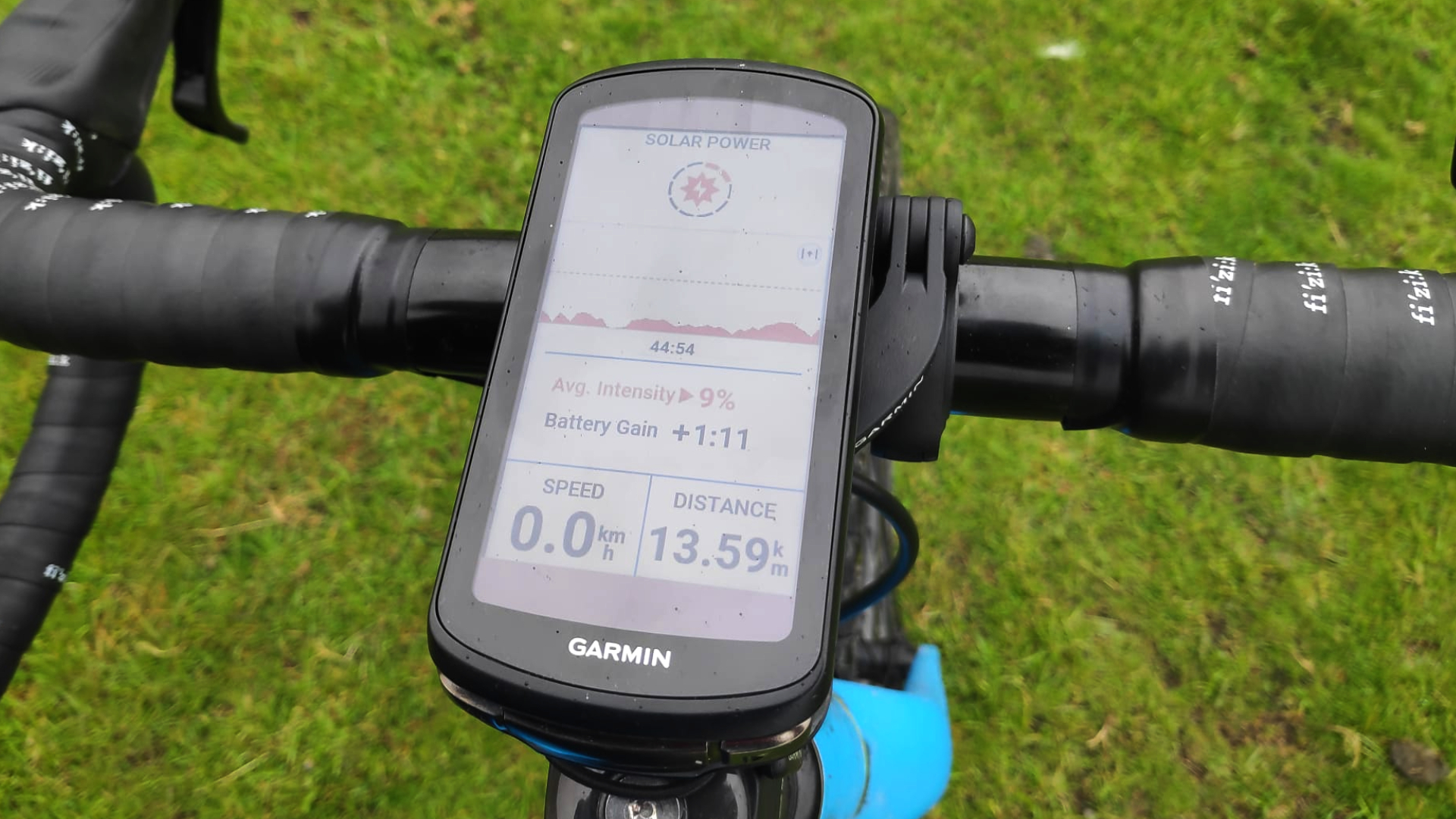
For most people, they probably are going to be following a route and perhaps won’t necessarily be riding under the full midday sun when the rays are at their strongest. Perhaps in the very early morning or just before sunset.
My own experience is that the solar functionality is very affected by clouds. Starting my ride at 14:00 (thanks to time zones, the sun reached its zenith here at 13:11) and finishing at around 16:00, I only added around 3 mins to the 1040 Solar – and this was in June. So my expectations for change gained during a lot of UK riding aren’t so great.
But that’s not necessarily a problem. For me, like many, most of my bigger rides happen in the summer, when the chances of such a cloudy day are proportionally less (that gloomy ride isn’t the summer norm). Also, bigger days tend to be more of a feature when riding abroad, and in many other places you’d likely be travelling to with your bike, the sun is much more consistent.
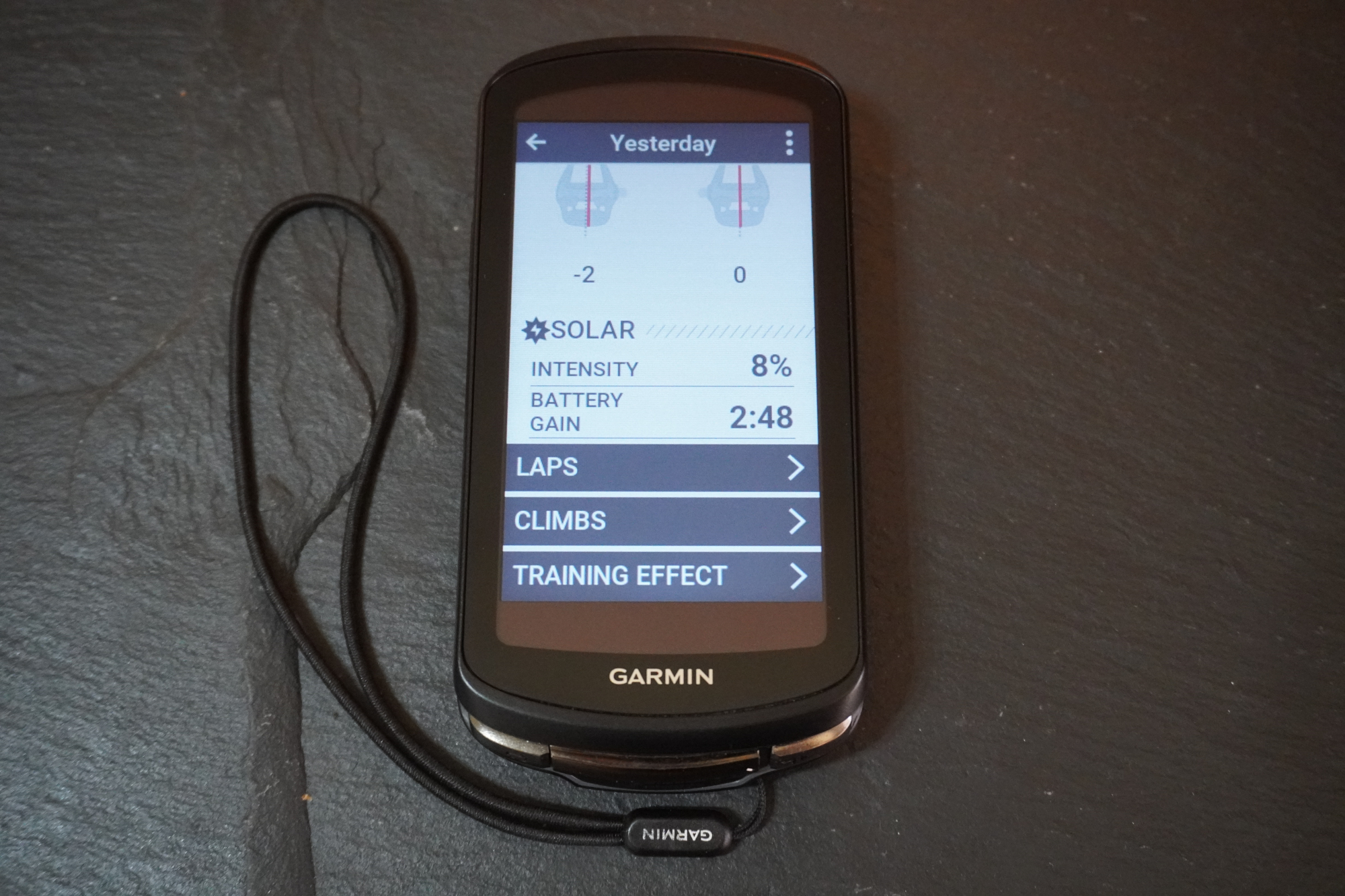
To give a couple of recent examples, I rode from Cardiff to Wrexham in April and the sun was shining for most of it. On that ride I was using a Karoo 2 and ended up having to charge it from a battery pack for the last couple of hours, which was quite a faff and meant I had less juice spare for my phone should anything have happened.
Back last summer, I did the South Downs Double and used a Garmin 530 with as much battery saving as I could manage - no route and with the screen mostly off. I made a couple of wrong turns in the dark which cost a fair chunk of time and slowing past the signs to check I was going the right way was also a surprising time drain. To its credit, I was left with battery still in the 60%, which was very impressive - but I would have much preferred to have a bit more faith in its battery life.
Both of these cases would have been greatly improved with the solar functionality and, if the days did end up being chronically cloudy (which neither were) I wouldn’t have lost anything - I just wouldn’t have gained quite the full potential on that particular time.
Power Guide and Real-time Stamina Insights
The Power Guide feature was a very interesting tool. Put in a route and it’ll generate a pacing strategy to help you tackle the course most efficiently, that is: quickly.
Because aerodynamic drag increases with the square of velocity, (doubling your speed will quadruple the drag), meaning the faster you go, the harder you’ll have to push to get an increase in speed.
Think of it this way, you could average 150 watts going up a hill and maintain the same power down the other side, or you could push much harder up the hill and freewheel down the other side to keep the same power average over the same distance.
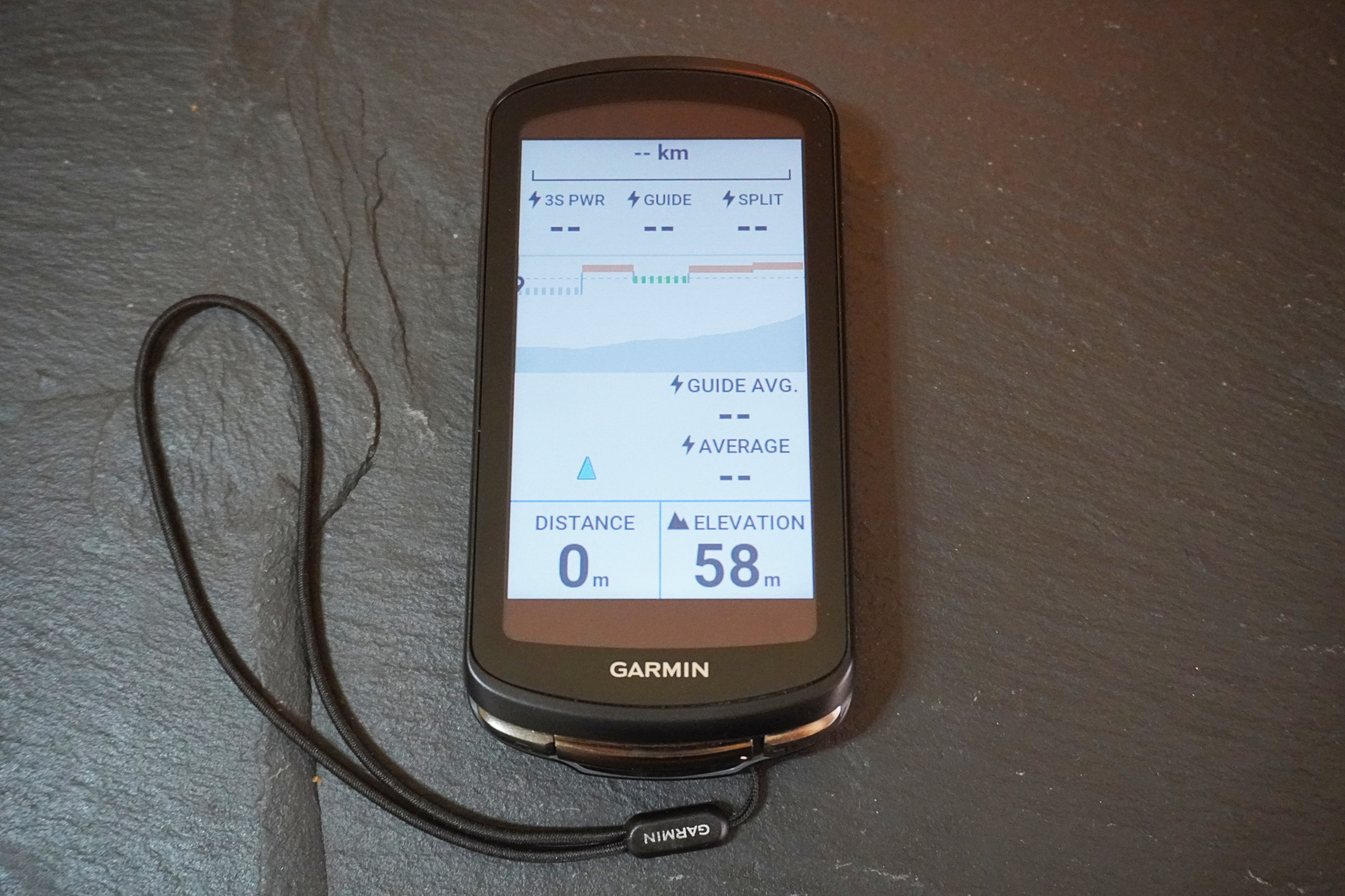
The Garmin power guide seems to suggest the latter of the two approaches, which saw me taking it steadier on the flats, full gas attacking hills and going a little slower on descents by freewheeling.
But the theory doesn’t always match up with the practical, and when it comes to actually pacing your effort, it can be rather more complicated. For instance, although it is more efficient to press harder up a climb, if you dig too deep you might be left crawling up the other climbs. In that case it would have been better to go moderately hard on all the hills.
Seasoned riders develop something of a sense for this. Knowing when to back off and when to push is part of the art of riding a fast TT on an undulating course or going solo on a break. But following the advice, and backing off that bit more on the flat, I was able to to attack the hills more concertedly than I generally would have under my own intuitive style of riding.
Now, there are some caveats to the technology. First is that it is only taking into account gradients and not the wind. Headwinds and tailwinds function much like climbs and descents, but the Edge 1040 can’t sense the airspeed. So this will limit the functionality for the likes of time triallists and triathletes on flatter courses.
Second, it’s not super granular. Sudden, short ramps that are most efficiently tackled with a sudden burst of power aren’t accounted for. Neither is stamping back up to speed after a slow corner. So as a guide to hill climbs or any course where you’re trying to set your fastest time, you’ll need to supplement the power guidance with a certain amount of that all important gut instinct, so don’t do away with your rider intuition completely.

Finally, riding to numbers all the time can be quite mentally tough. If I’m riding indoors, chances are I’ll be entering a Zwift race, as I just find it so much easier to put in a hard effort when riding that bit more dynamically – sometimes pressing a little harder, sometimes easing off. Not rigidly kept to a certain output.
Same goes for riding on the road. Even if I end up putting out the same average power, I find it much easier letting it come naturally based on the feedback I’m getting from my body and the road. Plus, I can dig deeper when my attention is focused wholly on the effort, rather than splitting it with processing numbers.
So, with all that said, it’s a very useful function as a guide – but I don’t think it’s helpful viewing it as the gold standard of how to ride a course. It’s a functionality, though, that stands to get a whole lot more interesting by the integration with hardware such as Notio for measuring windspeed, and calibrating the power guide on the fly based on wind speed.
Should you buy one?
There are so many features and aspects to this device – and we'll go into more detail in our full review once we've tested the unit over the longer term. But for now, let's jump into the question of: should you buy one?
Well, if you’re after the most cutting edge head unit and money is no object, then by all means go ahead, it’s really very impressive.
But if price plays a moderately significant role in your purchasing choices, then I think that you’d probably be best served by other head units on the market. If you want a powerful and really easy to use touchscreen head unit, then the Karoo 2 is much more cost effective. The Edge 530 is a great option at an even lower price point, although it forgoes the touchscreen.
If you’re after better battery power, going for a Garmin Edge 830 (touchscreen like the 1030, but smaller size) or Garmin Edge 530 (not touchscreen and same size as 830) and then getting an external battery pack, will be cheaper and provide you with a more reliable source of extra power than relying on the solar.
But if you’re after all the bells and whistles, you’re unlikely to be disappointed by the Edge 1040 Solar. But it's worth bearing in mind that you'll also have to shell out for a power meter to access the full range of functionality.
What will be really interesting is if/when Garmin trickles down the technology to its lower tiers. If an ‘Edge 840 Solar’ had all the functionality of the 1040 Solar and only cost a little more than the Karoo 2, I’d be inclined to suggest going for that unit. Depending on just what price point an Edge 540 Solar could hit, that would be a very interesting proposition.
The Karoo 2 would be pinched from above and below – Hammerhead had better sit up on this one.
Verdict
Garmin has really stepped its game up. The foundation for any device is being usable and intuitive and Garmin has done a really good job on that. Then there’s the hardware and software – which are both areas that this device marks a real step change in.
The solar functionality is an excellent addition – even if the use cases where it actually provides a reasonable amount of power aren’t as broad as you would like. The power guide is a really interesting piece of software, I don’t think it’s quite a must-have gamer changer to warrant a £629.99/$749.99 spend in itself. But it’s another piece of the puzzle that adds to the value of the head unit.
Get The Leadout Newsletter
The latest race content, interviews, features, reviews and expert buying guides, direct to your inbox!

After winning the 2019 National Single-Speed Cross-Country Mountain Biking Championships and claiming the plushie unicorn (true story), Stefan swapped the flat-bars for drop-bars and has never looked back.
Since then, he’s earnt his 2ⁿᵈ cat racing licence in his first season racing as a third, completed the South Downs Double in under 20 hours and Everested in under 12.
But his favourite rides are multiday bikepacking trips, with all the huge amount of cycling tech and long days spent exploring new roads and trails - as well as histories and cultures. Most recently, he’s spent two weeks riding from Budapest into the mountains of Slovakia.
Height: 177cm
Weight: 67–69kg
-
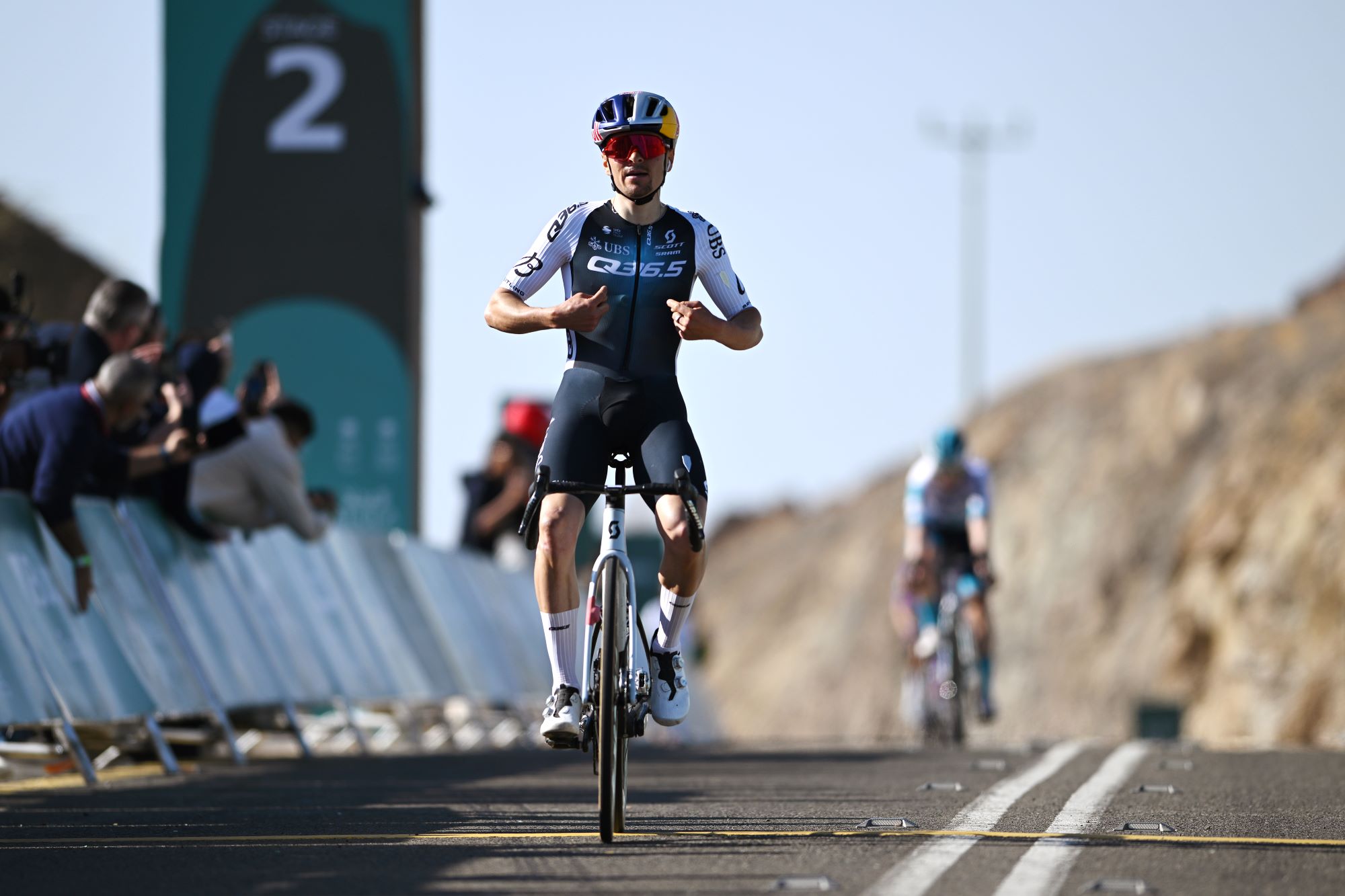 What does Q36.5 mean? We asked the people behind the Italian kit brand that sponsors Tom Pidcock's team
What does Q36.5 mean? We asked the people behind the Italian kit brand that sponsors Tom Pidcock's teamQ36.5's Luigi Bergamo and Lodovico Pignatti Morano take on Cycling Weekly's Q&A
By Tom Thewlis Published
-
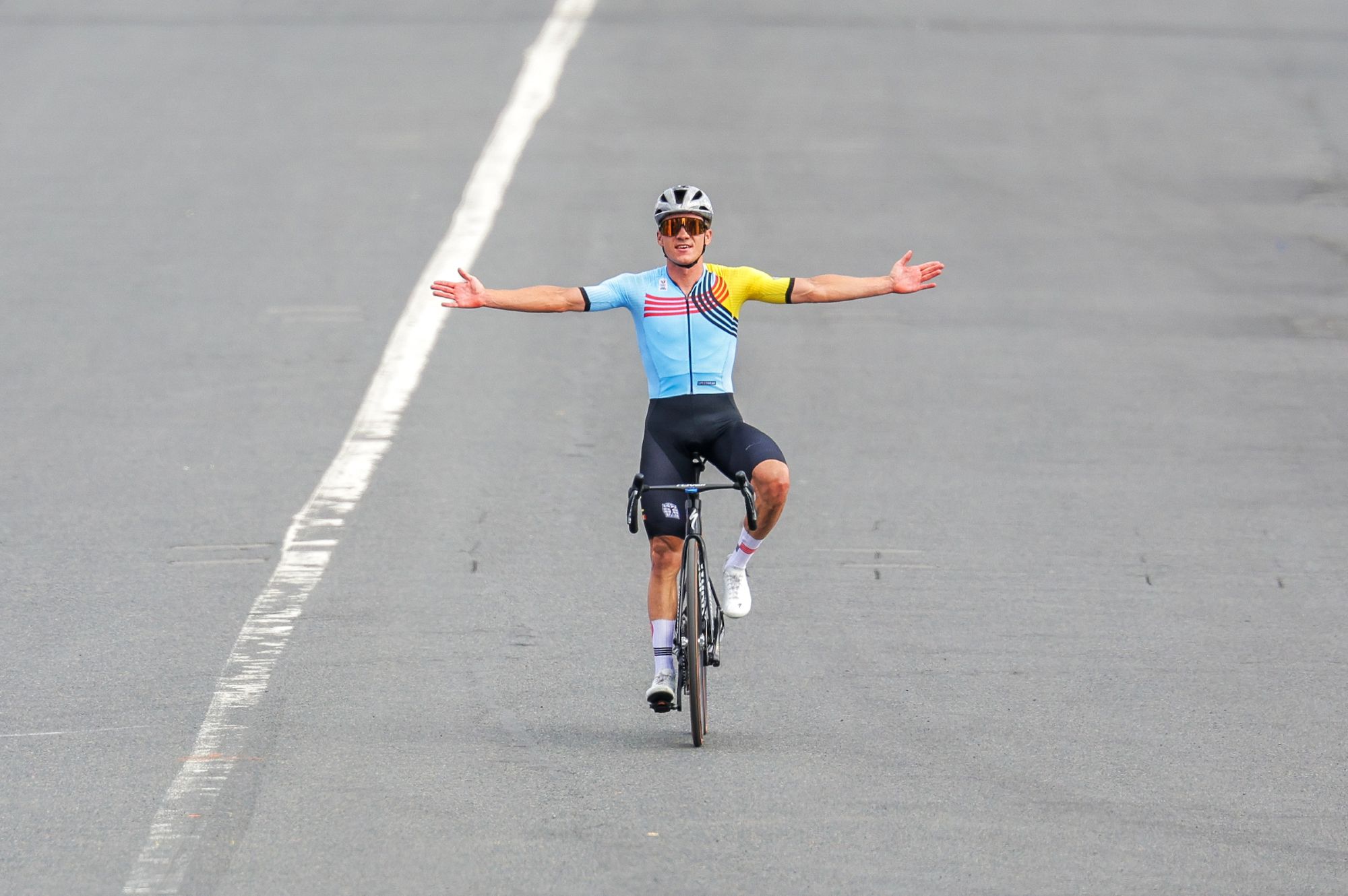 'If I were a tennis player then my career would be over': Remco Evenepoel contemplated early retirement after serious training accident
'If I were a tennis player then my career would be over': Remco Evenepoel contemplated early retirement after serious training accidentDouble Olympic champion was left with nerve damage and says his shoulder is not yet fully healed ahead of his return to racing at Brabantse Pijl
By Tom Thewlis Published
-
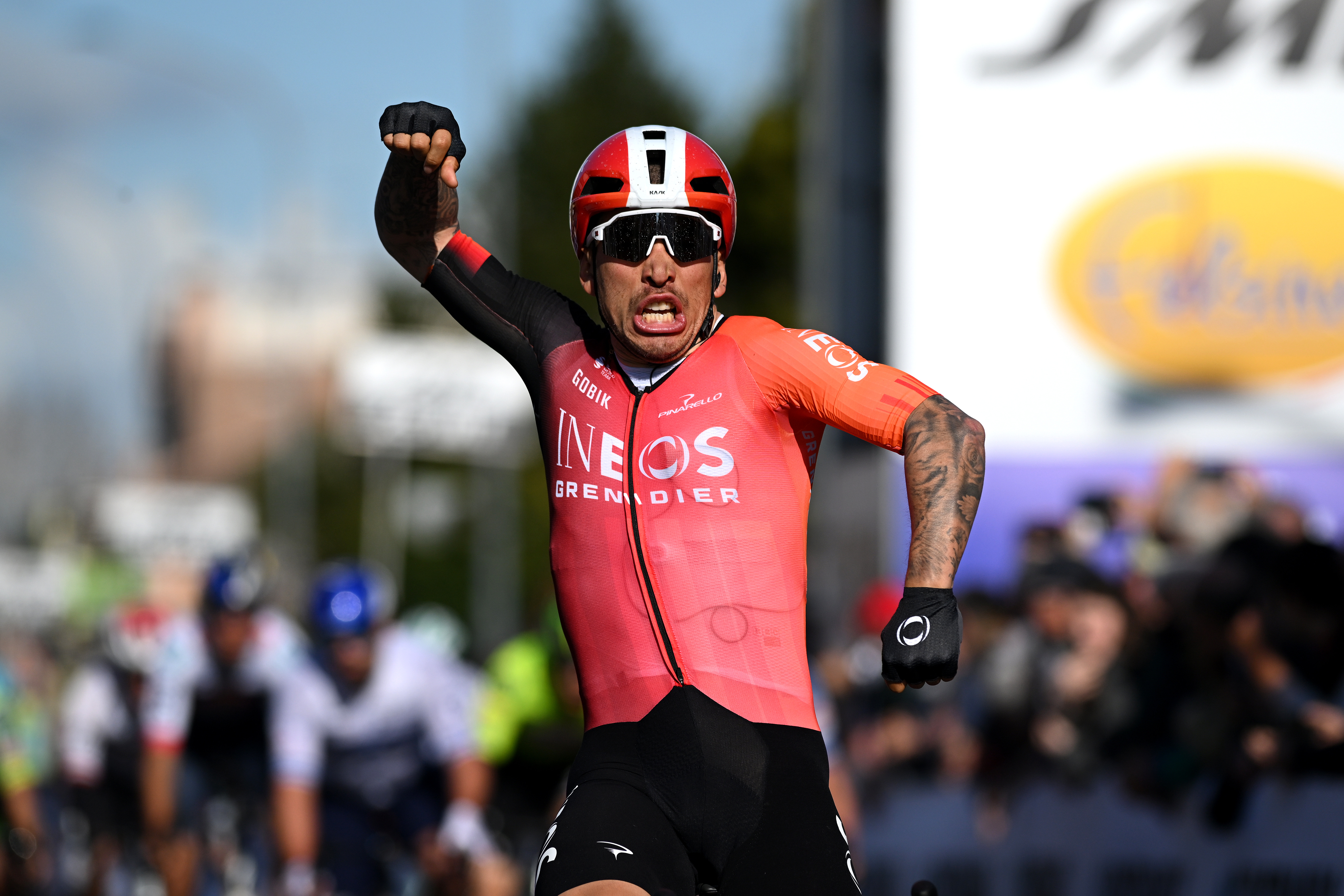 'It can really push me along' - How a velodrome comeback is making Caleb Ewan faster on the road
'It can really push me along' - How a velodrome comeback is making Caleb Ewan faster on the roadAustralian says he'll "definitely" continue track work after rekindling passion
By Tom Davidson Published